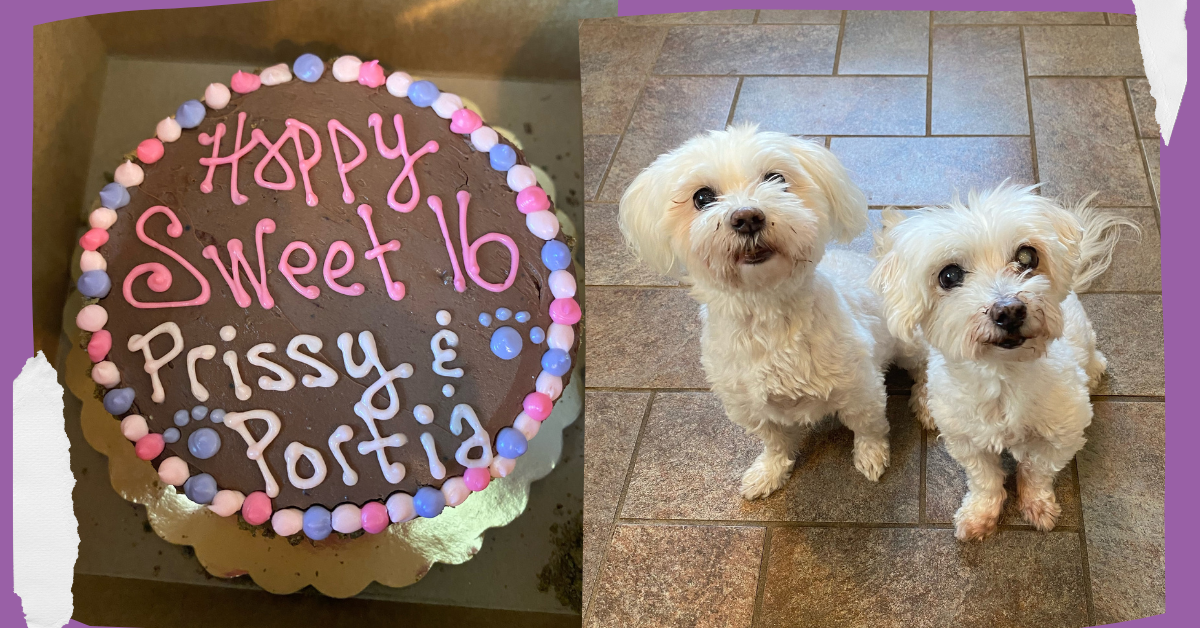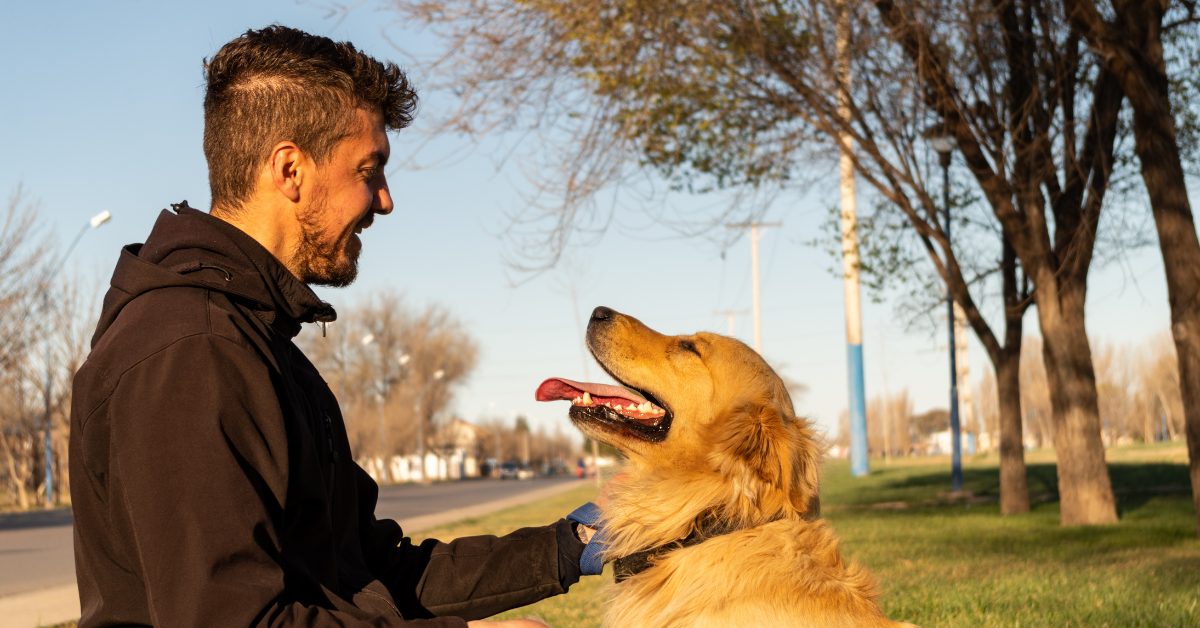
I have a confession: my dog sometimes pees on the rug. It’s nothing personal and we don’t talk about it (much). It is a symptom of her separation anxiety.
My dog, like most people, has a routine. And she likes to keep things in the rut in which she has grown accustomed. There is no question that her actions come from a past life (she was an adult rescue). Just like humans, pets need to acclimate to new normals in order to mitigate the most severe reactions of separation anxiety that could occur.
As Illinois begins to transition from its period of strict stay-at-home orders, people and pets may find themselves struggling to readjust. Just as you would prepare your children for bedtime hours in the days leading up to the end of summer vacation, you should consider how to manage your pet.
What to Consider
If your pet has grown used to having you home all day long and you immediately disappear as you begin to work outside the home again, your pet may demonstrate separation anxiety. It could be as simple as an involuntary urination in the house or as destructive as chewing drywall or breaking through windows or doors.
The best way to avoid any extreme reaction is to transition your pet back to your typical routine. Floofins & Co. can assist you by helping you get your pet out the door and back to a normal midday walk with our pet care specialist.
If you have a new puppy, you want to build times into your schedule where you leave them alone. You also want to get them used to a dog walker during the day. Exposing them to different schedules and people, with safe social distancing, will help to prevent separation anxiety.
Hopefully, you can avoid any behavior issues from separation anxiety by taking steps now to get your pet readjusted slowly to different routines. Contact us to find out how to schedule your pet on walks with us and ask about any special accommodations you may have. Stay safe, transition slowly, and avoid separation anxiety.
Other Recent Blog POsts

Celebrating The Original Floofins’ Sweet 16
July 24, 2024
Emergency Planning for Your Home & Pet
July 18, 2024
Beyond the Blurry Phone Pic: Schedule Professional Pet Photos Instead
July 10, 2024
Keeping Chicago Pets Safe on the Fourth of July
July 1, 2024
Why Floofins & Co. Leads the Pack
June 26, 2024
